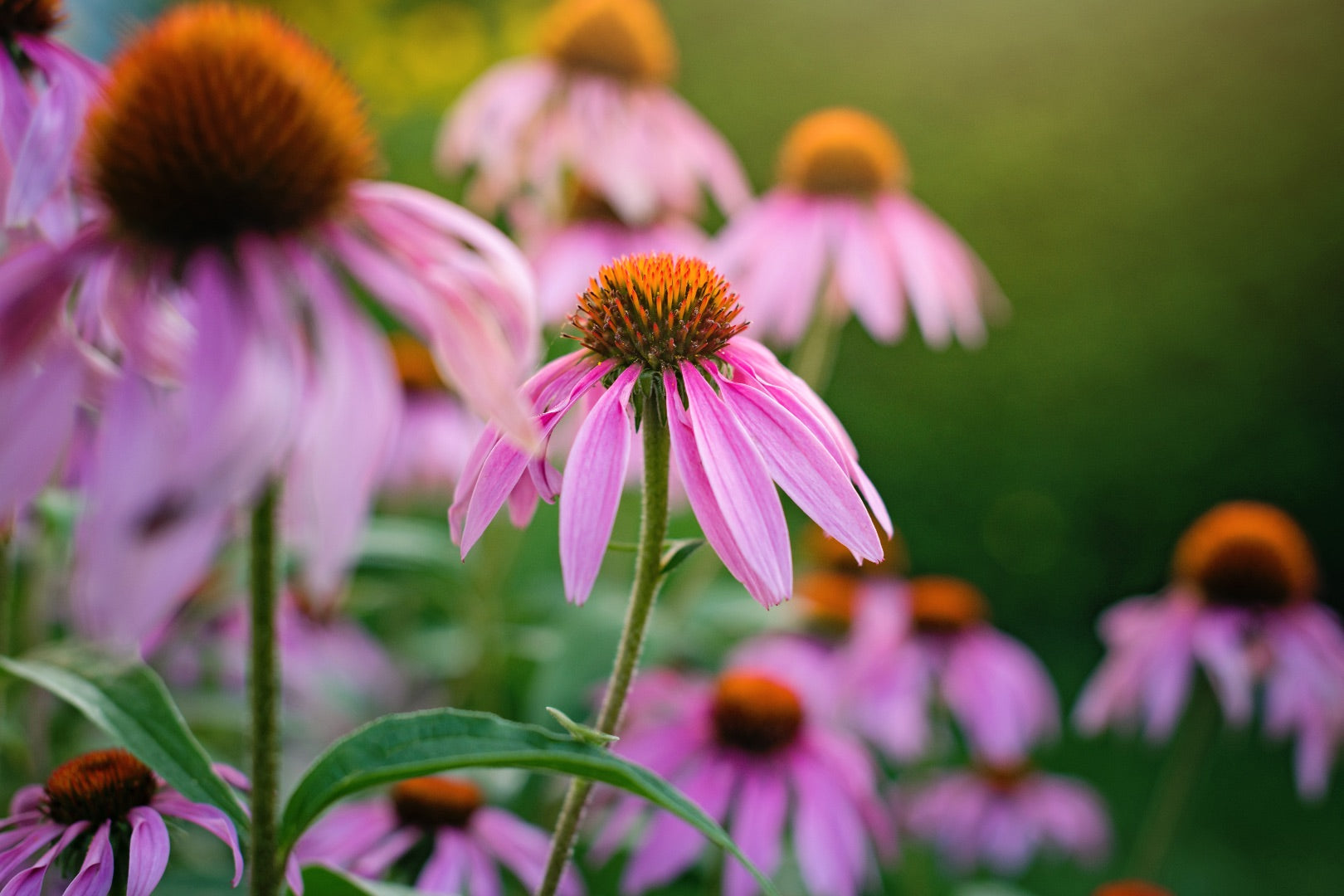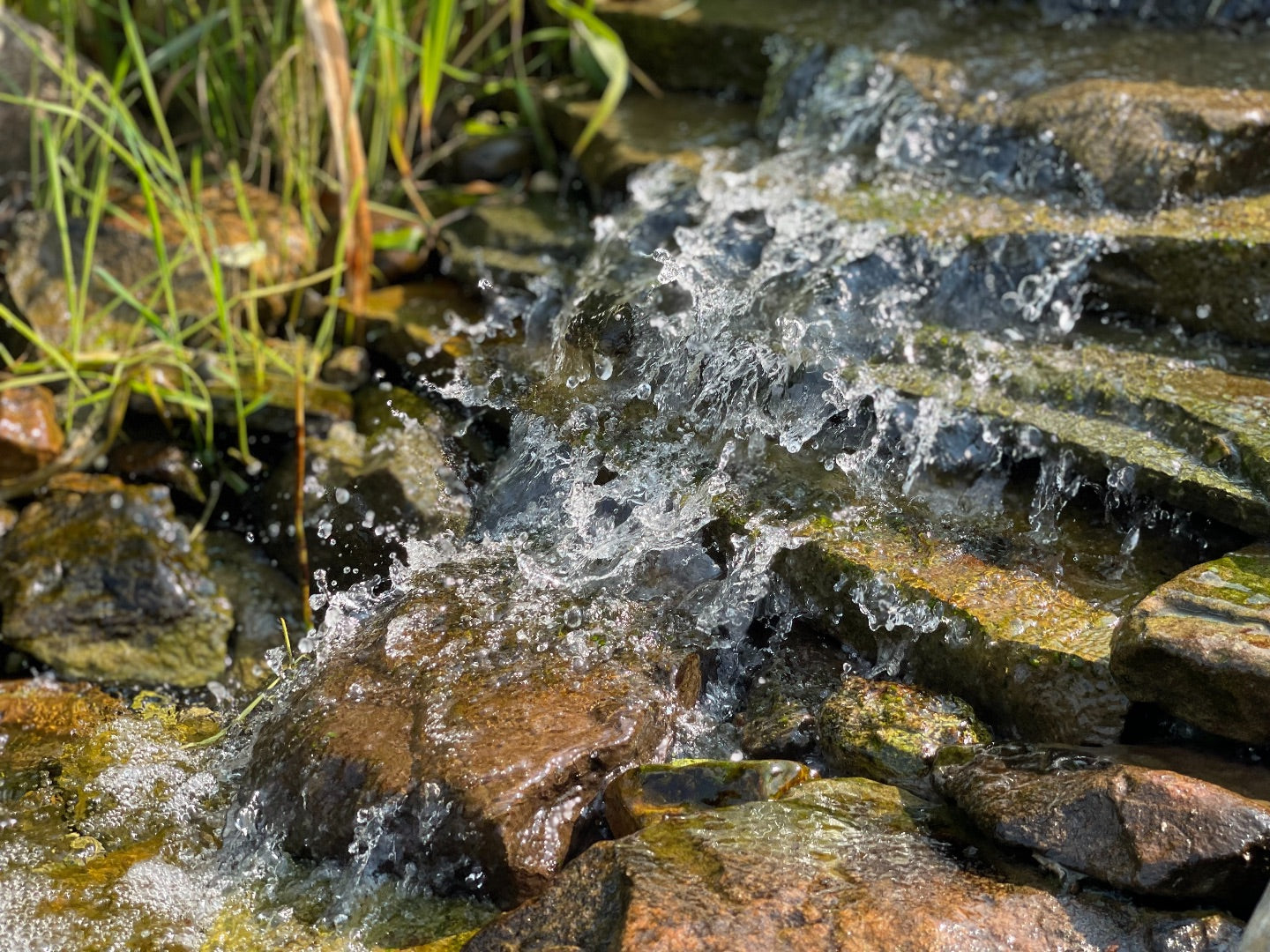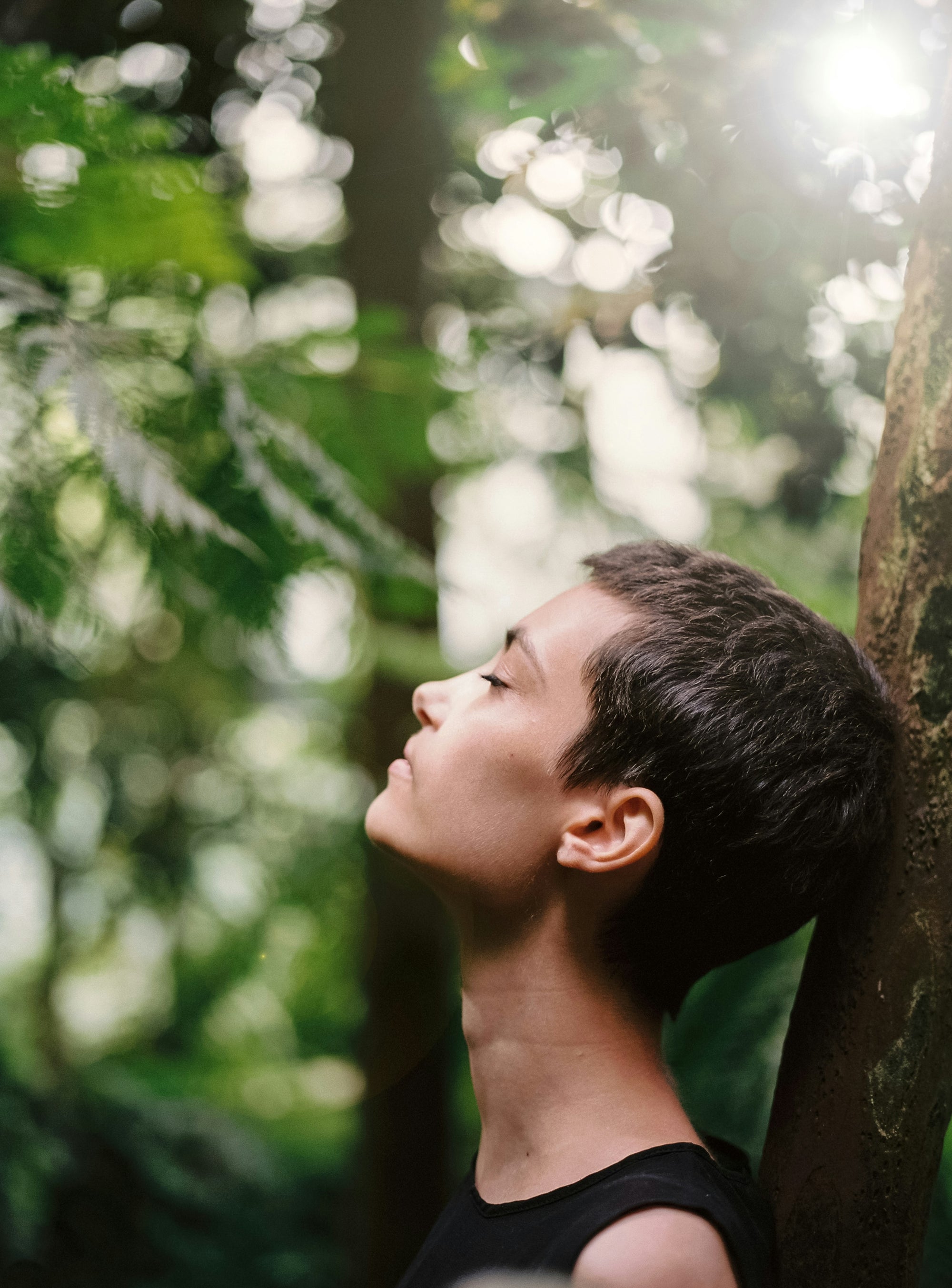In recent years, there has been a significant resurgence of interest in finding natural remedies for common ailments and turning from pharmaceuticals to nature. After all, for thousands of years people have treated and cured diseases with plants. These are not rare, mythical herbs that movies depict ancient people needing to go on a long and dangerous quest to find the last of it’s kind. Many of these miracle plants are more common than you might think. You probably already have some growing closer than you realize.
Although a few of these may be easily found in your local health food store, foraging these medicinal plants can provide some extra benefits in addition to the nutritional value of the wild plant. It will also help you connect deeper with the natural world around you, and even, in turn, connect deeper with yourself as you find yourself at one with nature.
Natural remedies have been controversial since the dawn of modern, Western medicine and the reign of big pharmaceutical companies in the medical industry. Although we will never advocate for you to disregard the advice of your primary care provider, some ailments can be easily treated by natural means, even with wild plants and fungi that can be found growing in your community. Natural remedies often have fewer side effects, are more cost-effective, are more eco-friendly, and reduce synthetic chemical exposure. By trying natural remedies before turning to conventional medicine, you may find earlier success in preventing and treating non-severe infections and ailments.
Considerations Before Foraging
Before heading out into the wilderness, you must understand the importance of ethical and safe foraging practices. Too many ill informed foragers have mistaken a poisonous plant for a safe one and ended up sick, or even dead. Never consume something you are not 100% certain is safe to eat (and how to eat it). If you are unsure, it is better to err on the side of caution and wait until you can be certain. Make sure you are foraging in an ethical and sustainable way. Check out our blog post on foraging etiquette to gain a better understanding of foraging the right and wrong ways.
Make sure you also check with your local Department of Natural Resources office to check local regulations around foraging. Foraging is not always legal on public lands. It is certainly not legal on private land unless you have express permission from the land owner. Be mindful of what species are considered endangered or protected. You could land yourself in legal trouble for harvesting something that is on one of these protected species lists. That is why it is so important to consult your local authorities before heading out to the wilderness.
Regardless of legal considerations, be mindful of foraging etiquette. Be kind to the earth by only harvesting in small quantities and leaving no trace. To reap the most benefit from the earth, you will need to be considerate of nature.

Wild Medicinal Plants in North America
Echinacea (Echinacea purpurea)
Also known as purple coneflower, echinacea is native to North America. It is well known for its immune-boosting properties and is commonly used to treat colds and infections. Echinacea supplements are commonly found in most health food grocery stores and supplement stores. However, this immunity super-power can be found growing naturally on the eastern side of the United States. From New York to Wisconsin, south to Texas and Florida, and even as far west as Colorado. Most regions east of the Rocky Mountains are home to Echinacea.
Rich in antioxidants, Echinacea has historically been used by Native Americans to treat many ailments. In modern times, the flower is commonly used to treat the common cold or flu, shortening its duration and minimizing the severity of its symptoms. Echinacea may also lower blood sugar levels, reduce feelings of anxiety, reduce inflammation, treat skin conditions, and protect against cancer (read how here).

Yarrow (Achillea millefolium)
 Yarrow is a common wild plant found in North America. It has anti-inflammatory and astringent properties and can be used for wound care, as well as to treat colds and fevers. Yarrow can essentially be found everywhere in the United States and Canada, as well as in other parts of the world. It grows best in drier soils that drain easily, in full sun or partial shade. The flower blooms from April to October.
Yarrow is a common wild plant found in North America. It has anti-inflammatory and astringent properties and can be used for wound care, as well as to treat colds and fevers. Yarrow can essentially be found everywhere in the United States and Canada, as well as in other parts of the world. It grows best in drier soils that drain easily, in full sun or partial shade. The flower blooms from April to October.
Yarrow has been found to soothe the effects of irritable bowel syndrome, stop bleeding when applied directly to wounds, treat symptoms of the common cold, ease menstrual discomfort, and reduce inflammation in the gums (read more here). Yarrow is most beneficial by brewing it in teas or using it fresh in poultices.
Burdock (Arctium lappa)
Burdock is a biennial plant that grows throughout North America. It is best known for its detoxifying properties and is used to purify the blood and support skin health. It can be found in most of the United States, except in tropical climates like Florida and Hawaii. It thrives in open, disturbed soils. You will most likely find Burdock along roadsides, trails, and open fields. Until now, you may only know Burdock for its annoying burs that can get stuck to just about anything. However, the leaf stem, flower stalk, and root have medicinal properties. Make sure you can confidently identify Burdock and its deadly look-a-likes before consuming. The roots of Burdock closely resemble those of the deadly Nightshade plant (Atropa belladonna).
Like many other medicinal plants, Burdock is full of antioxidants. It is also used to purify toxins from the bloodstream, hinder cancer growth, treat skin conditions, such as acne and eczema, and it also may be used as an aphrodisiac (read more here).

Usnea (Usnea spp.)
Usnea is a lichen found throughout North America. You have likely encountered it many times without even realizing it. Although it doesn’t give the appearance, it has powerful antibacterial and antifungal properties. It can even be used topically to treat wounds and infections. Usnea can be found growing on trees, shrubs, and rocks in temperate and humid climates around the world.
Usnea is commonly used in tinctures, teas, and supplements. It can be taken orally or applied topically to the skin. It can treat a wide range of ailments including weight loss, wound healing, pain relief, and even cancer prevention. Its antibacterial properties may protect against Staphylococcus aureus bacteria, the cause of many skin infections (source). Usnea’s uses are certainly expansive. Read more about it at this site.

Wild Bergamot (Monarda fistulosa)

Wild Bergamot, also known as bee balm, is native to North America. It can be found throughout the continental US, except in Florida and California. It likes full sun, so you will likely find it in open spaces such as prairies and the fields. For thousands of years, the Native Americans relied on Wild Bergamot for its medicinal properties.
Wild Bergamot has long been recognized as a natural remedy for minor infections. It can be made into a tea or tincture to treat mouth infections, fungal or yeast infections, UTIs, and fight respiratory infections. It has also been found to promote healthy digestion. Read more uses of Wild Bergamot here.
Make sure to consult a foraging guidebook or reputable online resource for information on how to ethically and properly harvest and prepare each of these plants for medicinal uses. Not every part of these plants is beneficial or necessarily safe to use in your natural medicine cabinet. Ensure you have the proper tools for harvesting, drying, storing, and preparing these medicinal plants for use. You should not take a cookie-cutter approach to foraging. Like people, all plants are unique.
Your Journey into the Wilderness
Don’t be intimidated by foraging. Although it is not a practice to enter haphazardly, it is a beautiful and intimate way to connect with nature. Exploring the world of foraging and reaping the medicinal benefits of wild plants can open you up to a whole new world of treating common ailments naturally. For millennia people have relied on nature to provide sustenance and heal their ailments. Why should we be any different?
By seeking out natural remedies, whether in the forest or your local health food store, you will find you will have a deeper connection with your own body and mind. You will notice the effects that nature has on your health and body. You will take more ownership of your own health as you trust your instincts and listen to the cues of your body responding to natural remedies. You will build trust in the world around you and even begin to ponder the beauty and wisdom of the wilderness. Natural remedies from plants may not be an easy, cure-all, but it does produce benefits that modern medicine will never be able to provide.
Additional Resources
The world of foraging is dense and overwhelming with information. Without knowing where to start, you might feel intimidated or discouraged to start. Below you will find several resources for further learning. Do you have a favorite foraging book, website, or organization? Comment it down below.
- Edible Wild Plants: A North American Field Guide to Over 200 Natural Foods
- Plant to Plate - Complete Beginners Guide to Foraging in North America: Harvest, Prepare & Eat Wildflowers, Seeds, Weeds, Berries, Mushrooms, Wild Leaves, Fruits, Nuts & More!
- Four Season Foraging
- Wild Food Girl
- PictureThis Plant Identifier
Disclaimer: The content provided in this blog post is intended for educational and informational purposes only. It does not replace the advice of a qualified healthcare professional or an experienced forager. The use of wild plants and fungi for medicinal purposes carries inherent risks and requires a deep understanding of plant identification and responsible foraging practices. We strongly advise consulting a healthcare provider before using any wild plants as remedies, especially if you have underlying health conditions or are pregnant or nursing. The authors and publishers of this blog post are not responsible for any actions taken by readers based on the information provided herein. Foraging and using wild plants as remedies should be carried out with care and responsibility to ensure a safe and enjoyable experience.



